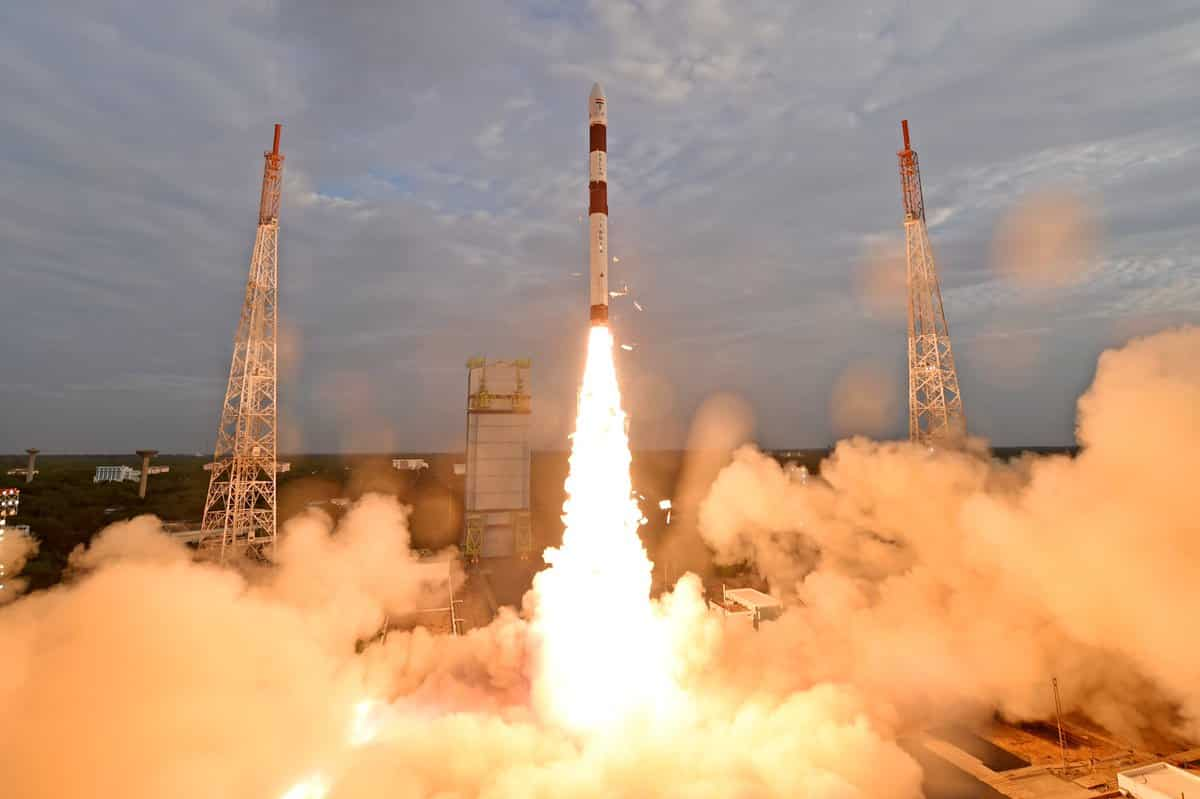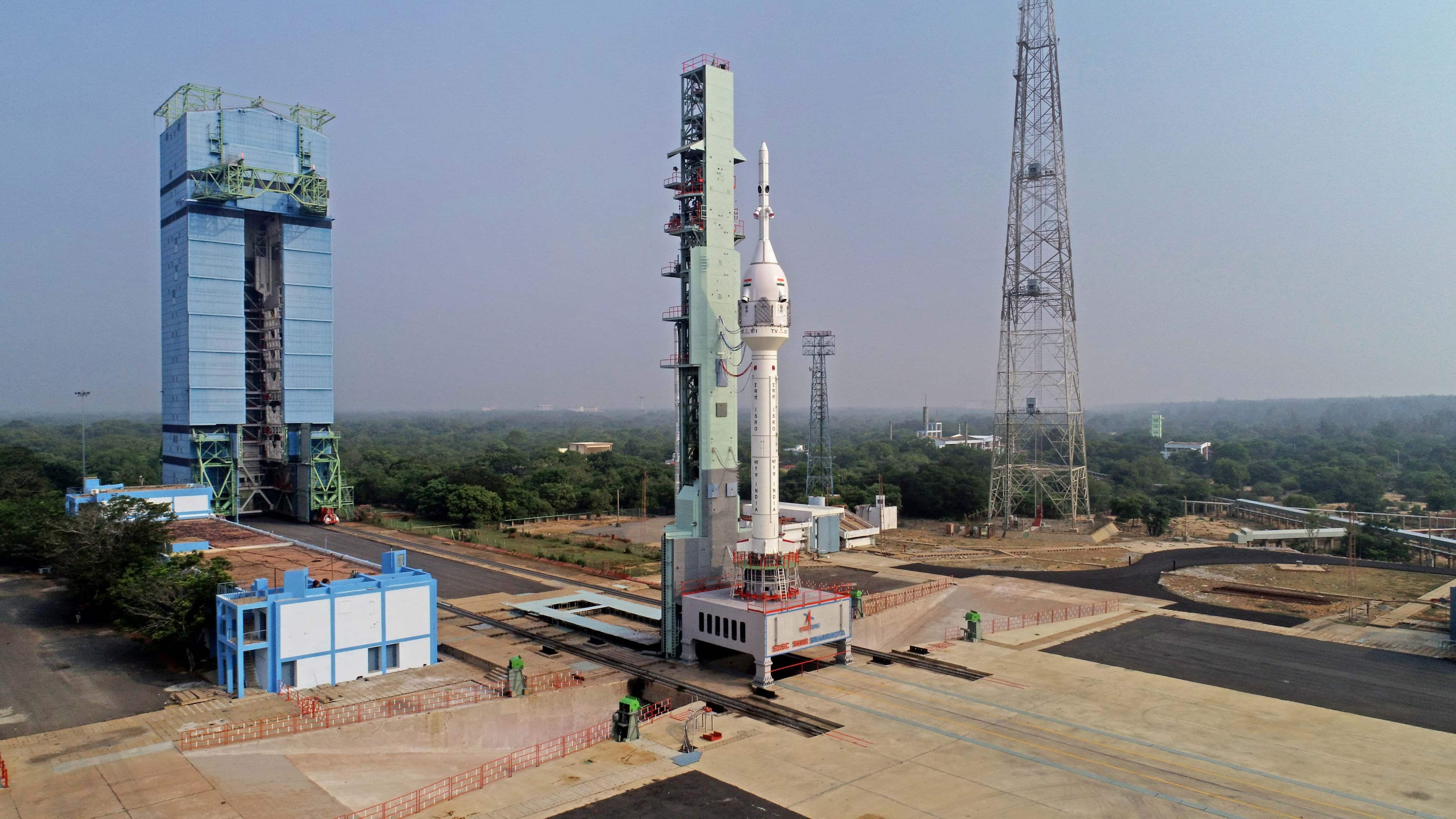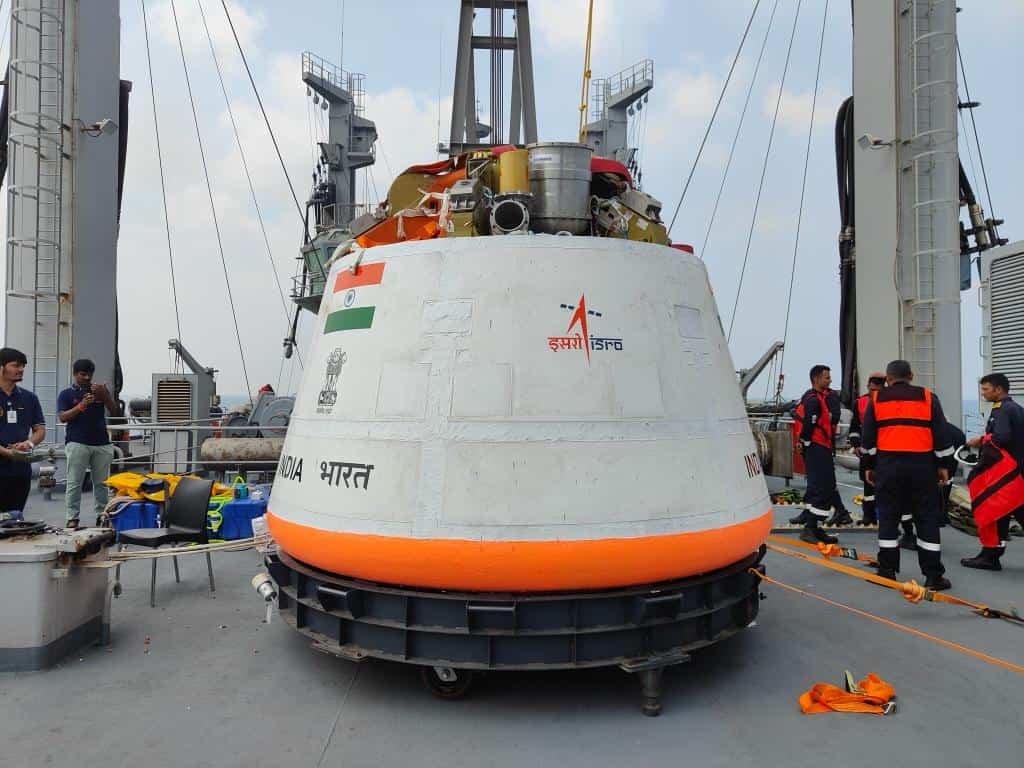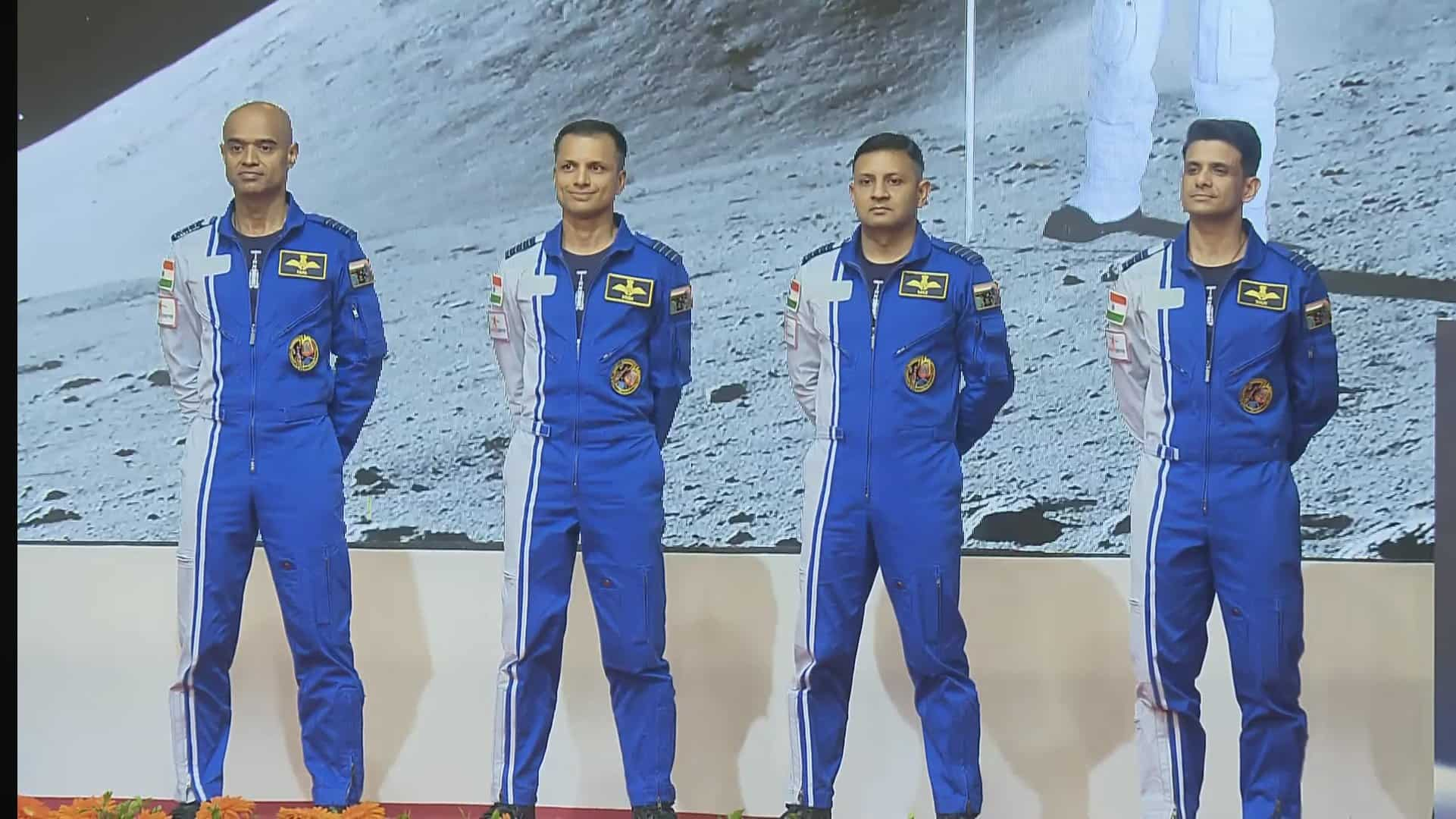ISRO second test flight of uncrewed Gaganyaan mission today: What is the project all about? Mission details, flight date, Crew members | PHOTOS
Gaganyaan Mission: Gaganyaan's unmanned trials are anticipated to start later this year. It is expected that ISRO will have completed seven test launches under Gaganyaan by March of next year.
Gaganyaan Mission: The Indian Space Research Organisation (ISRO) today, April 24, is all set to carry out their second test flight of the uncrewed Gaganyaan mission as another step in achieving a significant milestone in space exploration. The announcement was made by ISRO Chairman S. Somanath on the sidelines of an event in Ahmedabad, organised by the Astronautical Society of India (ASI).
This test will be followed by two more uncrewed missions that will happen next year, and if everything goes well, then they will proceed with the manned mission, Gaganyaan, by the end of next year, as Somanath mentioned on April 17.
If India manages to be successful in the Gaganyaan Mission, it will join the elite club of nations like the US, Russia, and China that have active human spaceflight programmes. Gaganyaan's unmanned trials are anticipated to start later this year. It is expected that ISRO will have completed seven test launches under Gaganyaan by March of next year.
Here's everything you need to know about India's first manned space mission—
Main Objective of Gaganyaan

Launch Vehicles to be used

The well-proven and reliable heavy lift launcher of ISRO, the LVM3 rocket, has been identified as the launch vehicle for the Gaganyaan mission, with all systems in the launch vehicle re-configured to meet human rating requirements. The HLVM3 will be the launch vehicle for the Orbital Module to an intended low-earth orbit of 400 km. The HLVM3 will consist of a Crew Escape System (CES) powered by a set of quick-acting, high-burn rate solid motors that ensure that the crew module and the crew are taken to a safe distance in case of any emergency, either at the launch pad or during ascent.
Orbital Module for the Crew

The Orbital Module (OM) that will orbit the earth will consist of the Crew Module (CM) and Service Module (SM). CM is a habitable space with an earth-like environment for the crew. SM will be used to provide the necessary support to CM while in orbit. It is an unpressurized structure containing a thermal system, a propulsion system, power systems, avionics systems, and deployment mechanisms.





